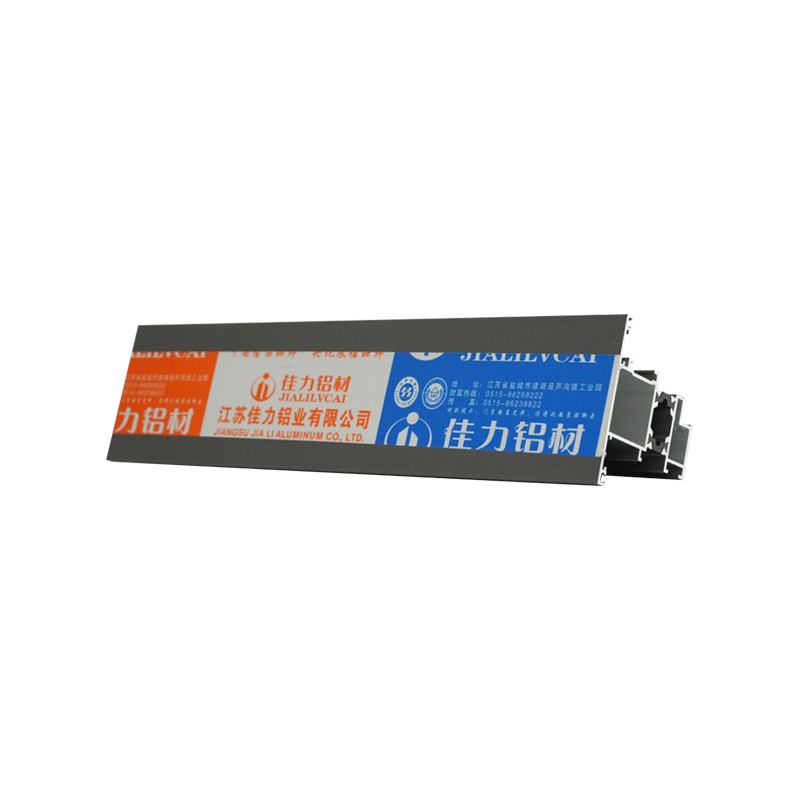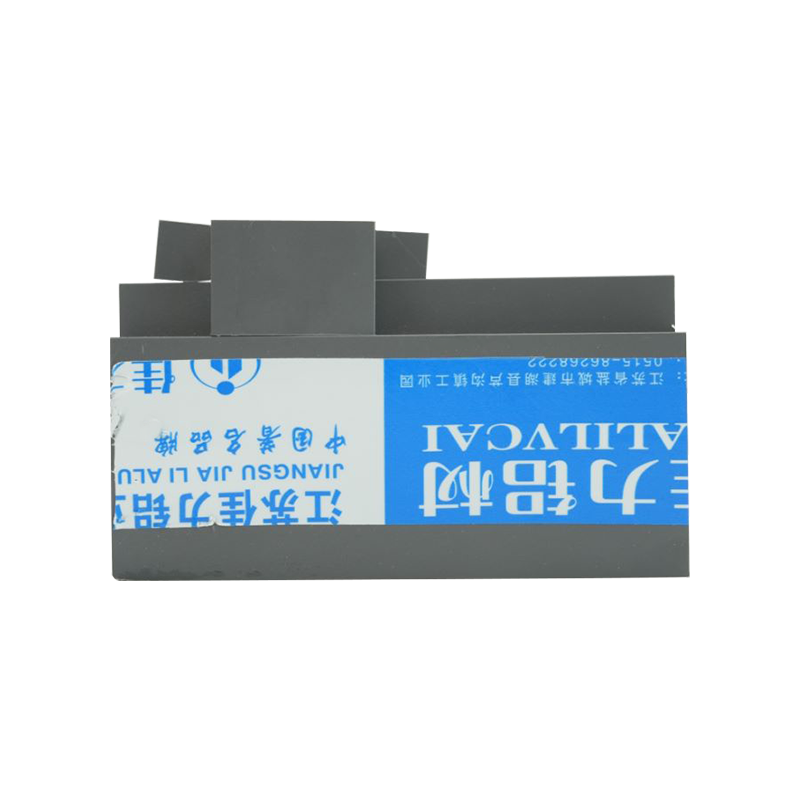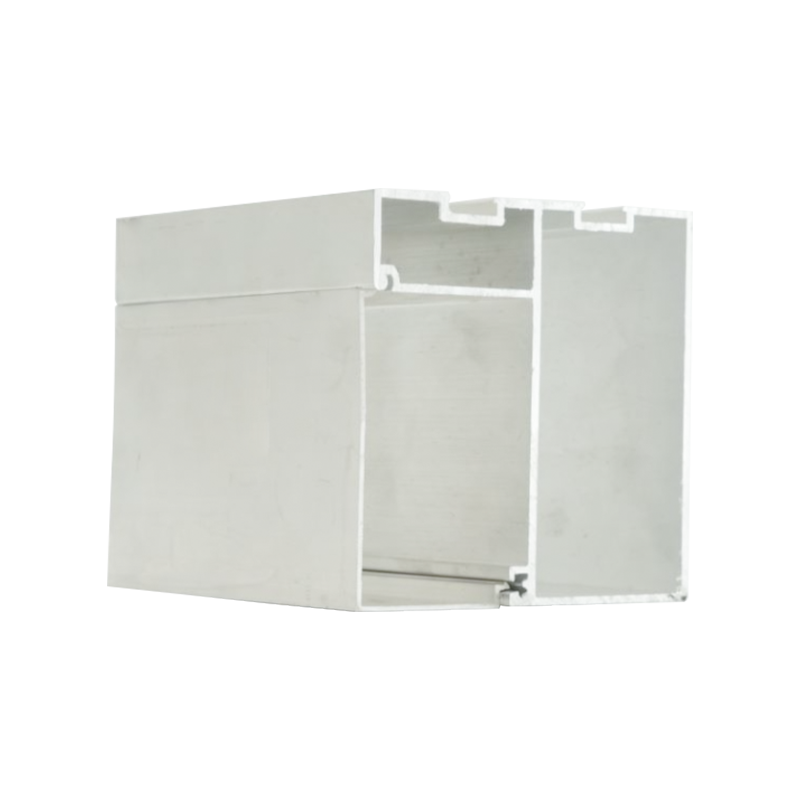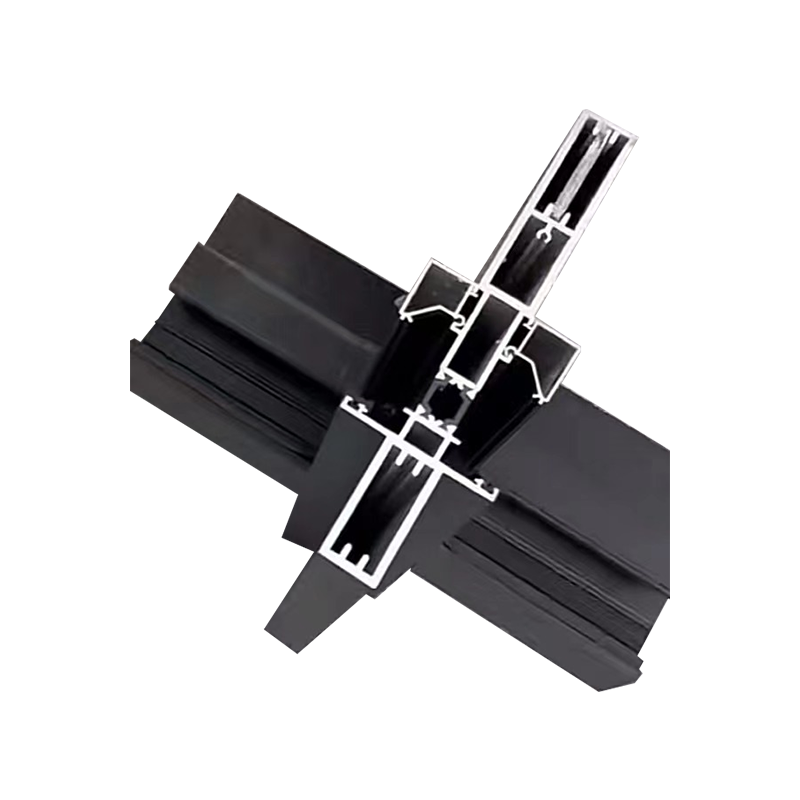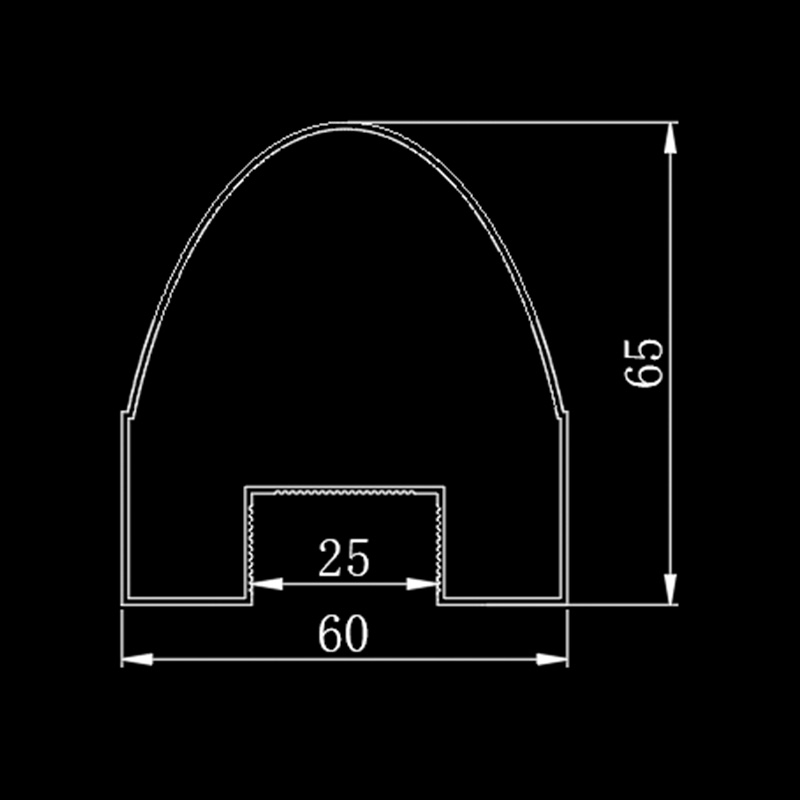Stamping, as an important metal forming process, applies high pressure to the metal sheet through the die to cause it to undergo plastic deformation, thereby forming the desired shape and size. In the manufacture of built-in louver aluminum profiles, the stamping process is widely used to shape the louver plate, such as various complex shapes such as wavy, arc, and rectangular. This process can not only achieve high-precision and high-efficiency forming, but also ensure the dimensional accuracy and shape consistency of the product to meet diverse design requirements.
In the stamping process, the design and manufacturing accuracy of the die are directly related to the final quality of the product. For built-in louver aluminum profiles, the accuracy requirements of the die are particularly strict, because it not only ensures that the shape and size of the louver plate meet the design requirements, but also ensures that the wear and deformation of the die are controlled within an acceptable range during multiple stamping processes to maintain the consistency and stability of the product.
1. Die design
Die design is the first step in the stamping process, which determines the shape, size and accuracy of the product. In the mold design of built-in louver aluminum profiles, designers need to perform precise calculations and simulations based on the design requirements of the product, combined with the mechanical properties of aluminum and the characteristics of the stamping process, to determine the structure, size and material of the mold. During the design process, the wear resistance, deformation resistance and service life of the mold must also be considered to ensure that the mold can maintain high precision and stability during long-term production.
2. Mold manufacturing
Mold manufacturing is a key link in the stamping process, which determines the actual precision and performance of the mold. During the manufacturing process, advanced processing equipment and processes, such as CNC machining and EDM, must be used to ensure the dimensional accuracy and shape consistency of the mold. The mold must also be strictly inspected and tested, such as dimensional measurement, shape detection, hardness testing, etc., to ensure that it meets the design requirements and quality standards.
During the stamping process, the control of stamping speed and pressure is a key factor affecting the quality of product molding. For built-in louver aluminum profiles, reasonable stamping speed and pressure can not only ensure the dimensional accuracy and shape consistency of the product, but also avoid excessive deformation or damage of the material, and improve the product yield and performance.
1. Control of stamping speed
The control of stamping speed is crucial to the molding quality of the product. Too fast speed may lead to insufficient deformation of the material, resulting in defects such as cracks and wrinkles; too slow speed may increase production costs and reduce production efficiency. Therefore, in the stamping process, it is necessary to determine a reasonable stamping speed based on factors such as the mechanical properties of aluminum, the structure and size of the mold, and the design requirements of the product. The stamping speed also needs to be monitored and adjusted in real time to ensure that it remains stable and consistent during the production process.
2. Control of stamping pressure
Stamping pressure is another important control parameter in the stamping process. Excessive pressure will cause excessive deformation of the material and even rupture; too low pressure may cause insufficient deformation of the material and fail to form the required shape and size. Therefore, in the stamping process, it is necessary to determine a reasonable stamping pressure based on factors such as the mechanical properties of aluminum, the structure and size of the mold, and the design requirements of the product. The stamping pressure also needs to be monitored and adjusted in real time to ensure that it remains stable and consistent during the production process. In addition, the wear resistance and deformation resistance of the mold, as well as the plastic deformation behavior of the aluminum material, need to be considered to optimize the setting of the stamping pressure and improve the molding quality of the product.
In the stamping process, due to the influence of factors such as mold design, manufacturing accuracy, stamping speed and pressure, some common problems may be encountered, such as insufficient material deformation, cracks, wrinkles, and substandard dimensional accuracy. For these problems, corresponding solutions need to be taken to ensure the molding quality of the product.
1. Insufficient material deformation
Insufficient material deformation may be caused by improper stamping speed and pressure settings, unreasonable mold design, or aluminum mechanical properties that do not meet the requirements. To address this problem, it is necessary to adjust the stamping speed and pressure, optimize the mold design, or replace aluminum that meets the requirements to improve the deformation capacity of the material.
2. Cracks and wrinkles
Cracks and wrinkles are common defects in the stamping process, which may be caused by mold wear, excessive stamping speed and pressure, and internal defects in aluminum. To address this issue, it is necessary to regularly inspect and maintain the mold, adjust the stamping speed and pressure, or replace aluminum with better quality to reduce the occurrence of cracks and wrinkles.
3. Dimensional accuracy does not meet the standard
Dimensional accuracy may not meet the standard due to insufficient mold manufacturing accuracy, mold deformation during stamping, or uneven aluminum deformation. To address this issue, it is necessary to improve the mold manufacturing accuracy, optimize the mold support and positioning method during stamping, or replace aluminum with less deformation to improve the product's dimensional accuracy.

 ENG
ENG
 English
English русский
русский 中文简体
中文简体 Español
Español bahasa Indonesia
bahasa Indonesia
